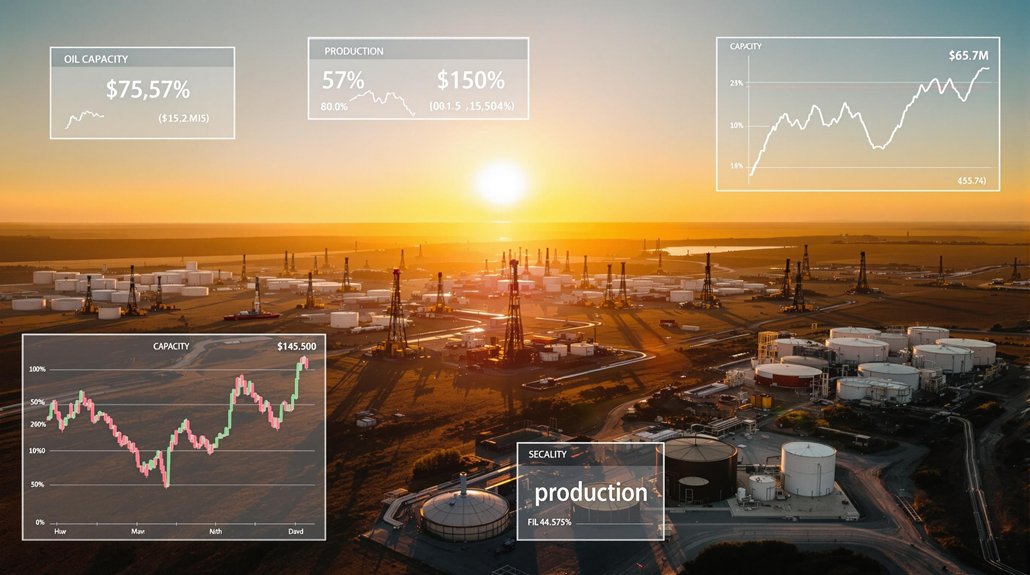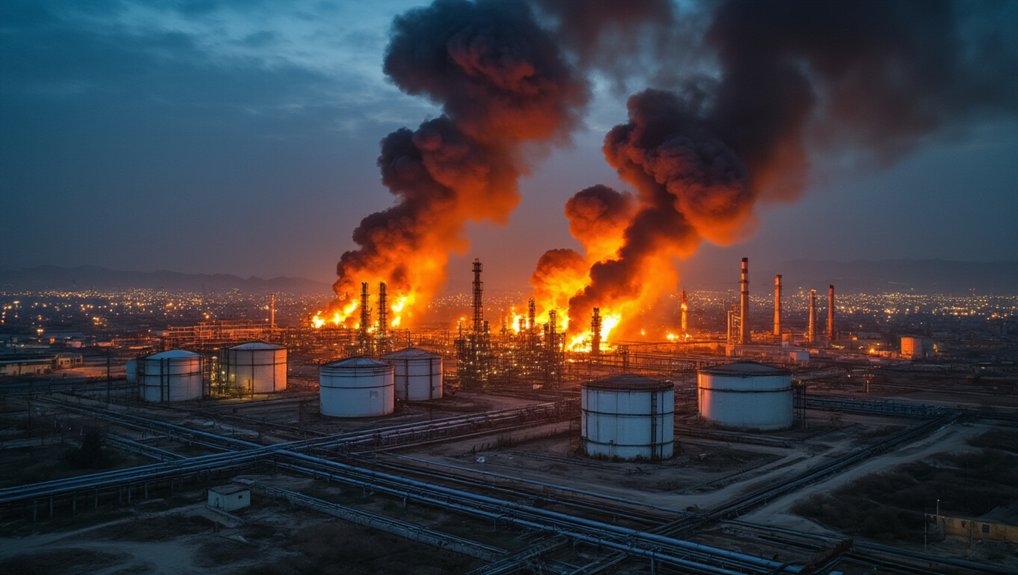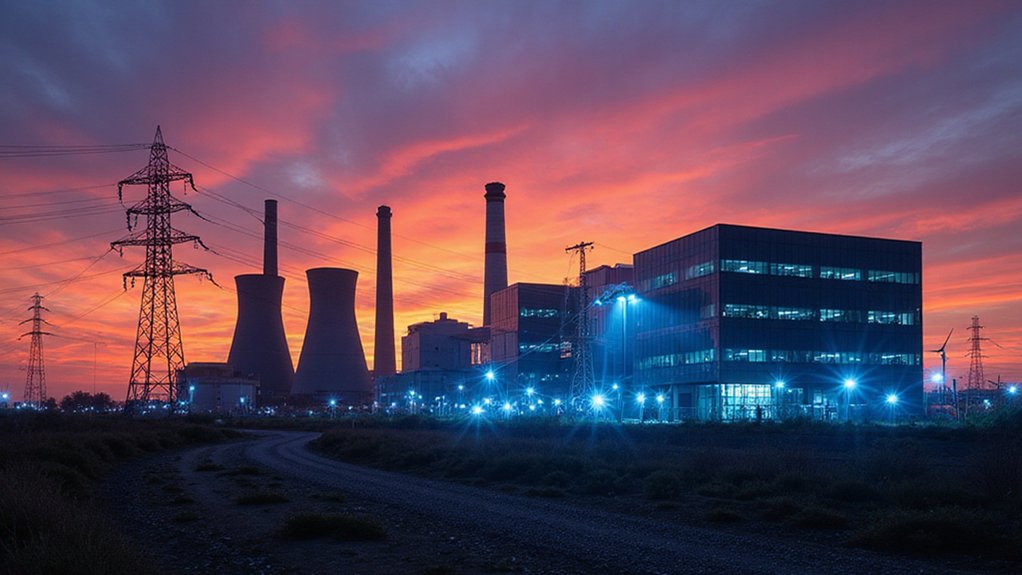Trump’s drilling plans face a market already drowning in oil. U.S. production hit 13.2 million barrels daily in 2024—highest globally. Oil companies are sitting on thousands of unused permits. Why? Simple economics. More drilling means lower prices and thinner profits. OPEC+ cut 6 million barrels just to keep prices stable. Industry executives prefer “capital discipline” over expansion. Market projections show supply exceeding demand next year. The collision course is already set.
Despite his enthusiastic promises to release American energy dominance, Trump’s recent executive orders declaring a national energy emergency may actually be solving a problem that doesn’t exist. The United States already pumps more oil and gas than any other country on Earth, with production hitting a record 13.216 million barrels per day in 2024. Whoops – guess nobody told the White House.
America’s so-called energy emergency? More like an emergency of facts, with record production already flowing freely.
The executive orders aim to remove regulatory barriers and expedite permits for fossil fuel projects. Great in theory. The reality? Oil companies are already sitting on thousands of unused drilling permits. Only 20% of active Gulf of Mexico leases are actually producing oil. Companies aren’t exactly rushing to drill more holes in the ground.
It’s basic economics. More oil means lower prices. Lower prices mean smaller profits. Oil executives didn’t get those fancy corner offices by making dumb business decisions. White House officials prefer oil prices around $50/bl to combat inflation, but this threatens shale production profitability. They’re focused on capital discipline and digital transformation, not blindly drilling wherever Trump points.
OPEC+ has already cut output by nearly 6 million barrels per day to prop up prices. They plan to restore 2.2 million barrels in 2025. Meanwhile, the Energy Information Administration forecasts supply will exceed demand next year. The math isn’t complicated.
Environmental concerns haven’t disappeared either. Deregulation raises the risk of major spill disasters. Climate activists are demanding accountability. Trump’s administration is already dismantling environmental protection agencies, recalling environmental justice staffers, and canceling climate-related grants. The power sector’s transition to renewable energy sources could achieve over 90% of needed carbon emission reductions while providing cleaner electricity generation alternatives.
The irony is palpable. Trump’s drilling push comes as data centers are set to consume 9% of US electricity by 2030. The energy landscape is shifting beneath our feet.
Industry insiders know what’s up. They’ve been stockpiling leases for financial and strategic reasons, not immediate production. Since 2023, the upstream sector has seen $136 billion in deals. They’re playing chess while politicians are playing checkers.
Trump’s energy emergency? It might just be an emergency of understanding how energy markets actually work. U.S. crude oil production is projected to reach 13.59 million bpd in 2025, further exacerbating the market oversupply.









